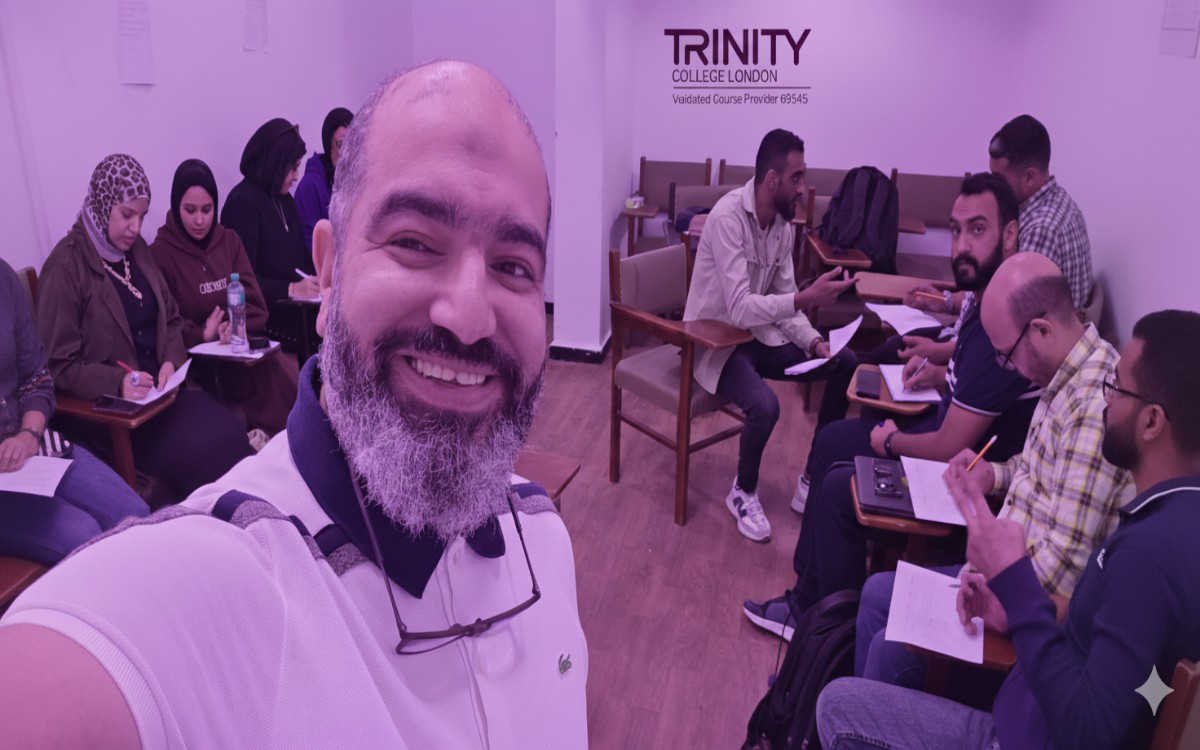
Inspirational journeys
Follow the stories of academics and their research expeditions
Assignment 9: Exploring Frameworks for Teaching Language Skills

In the realm of language teaching, educators often rely on structured frameworks to effectively impart language skills to learners. Three prominent frameworks for teaching language skills include the Receptive Skills Framework, Process Writing Framework, and Speaking Framework. Each framework delineates a series of stages aimed at enhancing learners' proficiency in specific language skills. In this essay, we will delve into these frameworks, elucidating each stage and its rationale.
Receptive Skills Framework:
The Receptive Skills Framework focuses on developing learners' abilities in reading and listening comprehension. It comprises three main stages: Pre-reading/Listening, While-reading/Listening, and Post-reading/Listening.
Pre-reading/Listening:
- Lead-in: This stage activates learners' prior knowledge and interest in the topic through engaging activities or discussions.
- Context-setting: Educators provide contextual information to scaffold learners' understanding and prepare them for the text or audio material.
- Pre-teaching vocabulary: Key vocabulary words relevant to the text or audio material are introduced to facilitate comprehension.
- Prediction: Learners make predictions about the content based on the title, visuals, or contextual clues, fostering engagement and anticipation.
While-reading/Listening:
- Reading/Listening 1: Learners engage with the text or audio material for gist comprehension, focusing on understanding the main ideas and overall meaning.
- Reading/Listening 2: Learners delve deeper into the text or audio material for detailed comprehension, analyzing language structures and identifying supporting details.
Post-reading/Listening:
- Speaking: Learners discuss the text or audio material, share their opinions, and express their understanding verbally.
- Writing: Learners respond to the text or audio material through written tasks, such as summaries, reflections, or analyses.
- Text-analysis: Educators guide learners in analyzing the text or audio material, exploring its structure, language features, and underlying themes.
The rationale behind the Receptive Skills Framework lies in providing learners with structured support to enhance their reading and listening comprehension abilities. By scaffolding learners' understanding through pre-teaching vocabulary, prediction, and post-reading/listening activities, educators facilitate meaningful engagement with the text or audio material.
Process Writing Framework:
The Process Writing Framework focuses on guiding learners through the stages of writing process, including brainstorming, drafting, revising, and editing. It comprises four main stages: Lead-in, First Draft, Genre Analysis, and Editing/Product.
Lead-in:
- This stage initiates the writing process by activating learners' background knowledge and generating ideas related to the writing task.
First Draft:
- Learners produce an initial draft of their writing, focusing on generating content without concern for language accuracy or structure.
Genre Analysis:
- Educators provide models of the target genre and guide learners in analyzing its features, structure, and language use.
Editing/Product:
- Learners revise and edit their writing based on feedback from peers or educators, focusing on language accuracy, coherence, and organization.
The rationale behind the Process Writing Framework lies in fostering a recursive approach to writing, where learners engage in multiple stages of drafting, revising, and editing to produce polished written texts.
Product Writing Framework:
Adding to the previously discussed frameworks, the Product Writing Framework places emphasis on the culmination of the writing process by guiding learners through the creation of a final written product. This framework comprises four main stages: Lead-in, Reading a model, Genre Analysis, and Writing.
Lead-in:
- Similar to the Process Writing Framework, the lead-in stage initiates the writing task by engaging learners, activating their prior knowledge, and generating interest in the topic.
Reading a Model:
- Learners are exposed to a model text representing the target genre or writing style. Reading a model provides learners with a tangible example, showcasing the desired features, language use, and overall structure of the intended written product.
Genre Analysis:
- Educators guide learners in a detailed analysis of the model text, emphasizing its genre-specific characteristics, stylistic elements, and effective language use. This analysis helps learners internalize the conventions of the target genre.
Writing:
- Building on the insights gained from the lead-in, model reading, and genre analysis, learners proceed to create their final written product. This stage involves synthesizing their ideas, applying the genre-specific features, and demonstrating their mastery of the target writing style.
The rationale behind the Product Writing Framework lies in providing learners with a comprehensive understanding of the writing task from initiation to completion. By incorporating model texts and genre analysis, learners gain a deeper appreciation of the stylistic nuances and conventions associated with the target genre, ultimately enhancing their ability to produce effective written communication.
In the broader context, the combination of the Process Writing Framework and the Product Writing Framework offers educators a versatile approach to guide learners through the intricacies of the writing process. From the initial lead-in to the final written product, learners benefit from a structured and scaffolded writing experience, fostering the development of their writing skills and proficiency.
Speaking Framework:
The Speaking Framework focuses on developing learners' oral communication skills through structured activities and tasks. It comprises four main stages: Lead-in, Preparation, Useful Language, and Speaking.
Lead-in:
- This stage sets the context and engages learners in the speaking activity through warm-up exercises or discussions.
Preparation:
- Learners prepare for the speaking task by brainstorming ideas, organizing their thoughts, and planning their communication strategies.
Useful Language:
- Educators provide learners with useful language and expressions relevant to the speaking task, enabling them to articulate their ideas effectively.
Speaking:
- Learners engage in the speaking task, expressing their ideas, opinions, or arguments in a structured and coherent manner.
The rationale behind the Speaking Framework lies in providing learners with structured support and language input to enhance their speaking fluency and accuracy.
In conclusion, frameworks for teaching language skills offer educators a structured approach to facilitate language acquisition and proficiency. The Receptive Skills Framework, Process Writing Framework, and Speaking Framework provide educators with a roadmap to guide learners through the stages of receptive skills development, writing process, and oral communication. By incorporating these frameworks into their instructional practices, educators can effectively scaffold learners' language learning journey and promote meaningful language use and communication.
Tags:
Sure here are some SEO keywords for the two essays: Language teaching frameworks Receptive Skills Framework Process Writing Framework Speaking Framework Language skills development Language teaching strategies Language teaching methodologies ESL teaching approaches Effective language instruction Language learning frameworks Language teaching models Second language acquisition Language learning methods Language teaching principles ESL/EFL pedagogy Teaching language skills Language proficiency development Language learning process Language teaching curriculum Language learning assessment Language teaching innovation Language teaching trends Language teaching research Language learning technologies Online language teaching Blended learning in language teaching Distance language learning Language teaching workshops Professional development in language teaching Language teaching conferences Language teaching certifications Language teaching career opportunities Writing process Reading comprehension Listening comprehension Speaking fluency Oral communication skills Productive language skills Receptive language skills Writing skills development Speaking skills development Language skills acquisition Language skills proficiency.0 Comments
Categories
- Britishey News 28
- Language Analysis 26
- Crazy English 15
- Professional Development 13
- TQUK TEFL Assignments 11
- Laugh & Learn 10
Recent posts





Leave a comment